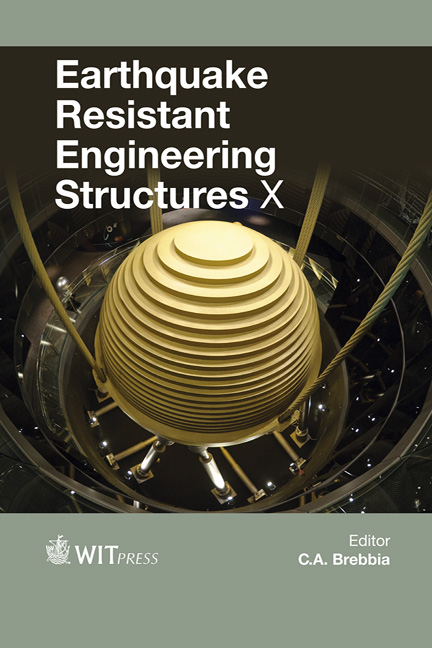Innovative Technologies In The Upgrading Of Existing R.c. Framed Structures
Price
Free (open access)
Transaction
Volume
152
Pages
12
Page Range
159 - 170
Published
2015
Size
1,719 kb
Paper DOI
10.2495/ERES150131
Copyright
WIT Press
Author(s)
L. Anania, G. D’Agata
Abstract
Many r.c. structures have to be strengthened or retrofitted to resist higher design loads. This happens when there is a change of the use destination or when the structures are damaged because of an aggressive environment. Besides, nowadays, attention has moved to restoring, recovering and seismically retrofitting the r.c. structures The knowledge that r.c. is alone, not always, capable of reaching the structural seismic requirements has given the drive to combine it together with an innovative material such as CFRP. That is, the strengthening of the r.c. structural elements by using externally bonded CFRP, which seems to be an effective solution and also the most economical one, over a long period of time. But sometimes, the compressed zone of concrete fails because it is not capable of sustaining the new stress state produced by the increase of resistance of the structural element. In this paper we discuss an innovative technology, consisting of gluing a joist of polyurethane, at the internal face of the frame mesh and wrapped by CFRP layers. So an increasing of its flexural capacity and stiffness, while maintaining a manageable member weight, can be reached. Once strengthened, this will show a ductility capable of resisting the horizontal action by avoiding the introduction, either of the very heavy r.c. layers or the steel plates. We report the results of an experimental test compared with non-strengthened-frame ones. The hysteretical loops of the reinforced frame, derived from the tests, are sensibly wider, so this retrofitting technology seems to be very similar to the technology consisting of applying, in frame mesh, some hysteretical devices which permit an unloading of the seismic energy from the main structure. For this reason the same original frame was tested coupled with a particular device designed tested and patented by the same author. In this way, a comparison between the technique based on the use of CFRP and the one based on the use of the hysteretical devices has been possible and discussed.
Keywords
CFRP, r.c. rehabilitation, Composite materials, new technology





